AMD Engineer Brings Path Tracing to Return to Castle Wolfenstein
Re-Return to Castle Wolfenstein.
Throughout several decades of video game development, there are tens of titles that we call legendary, but perhaps just about a dozen games are trend-setting. Wolfenstein 3D was undoubtedly one of those titles that created a new genre of games — first-person shooter. Then Wolfenstein got a remake in the form of Return to the Castle Wolfenstein in 2001. Now, Wolfenstein is reborn once again as an AMD engineer is adding a path tracing patch to the 21-year-old game.
“I’m’ so excited to announce my newest project, Wolf PT: A real-time path tracer for Return to Castle Wolfenstein,” wrote Dihara Wijetunga, a senior graphics R&D engineer at AMD, over on Twitter (Via Overclock3D). Based on ioRTCW with a custom DX12 backend. It’s’ still very early in development, so here’s a few comparison shots. Expect more soon!”
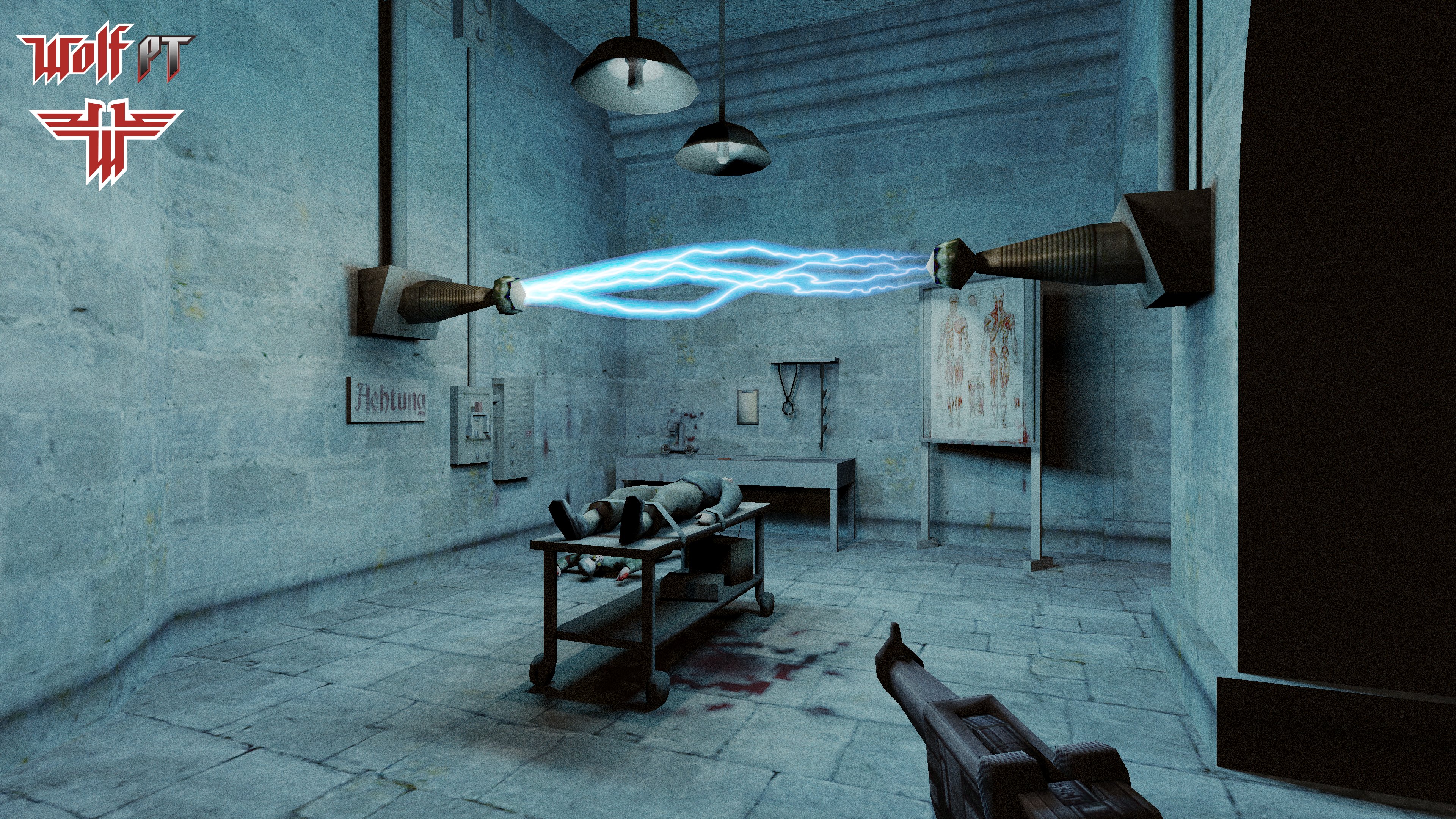
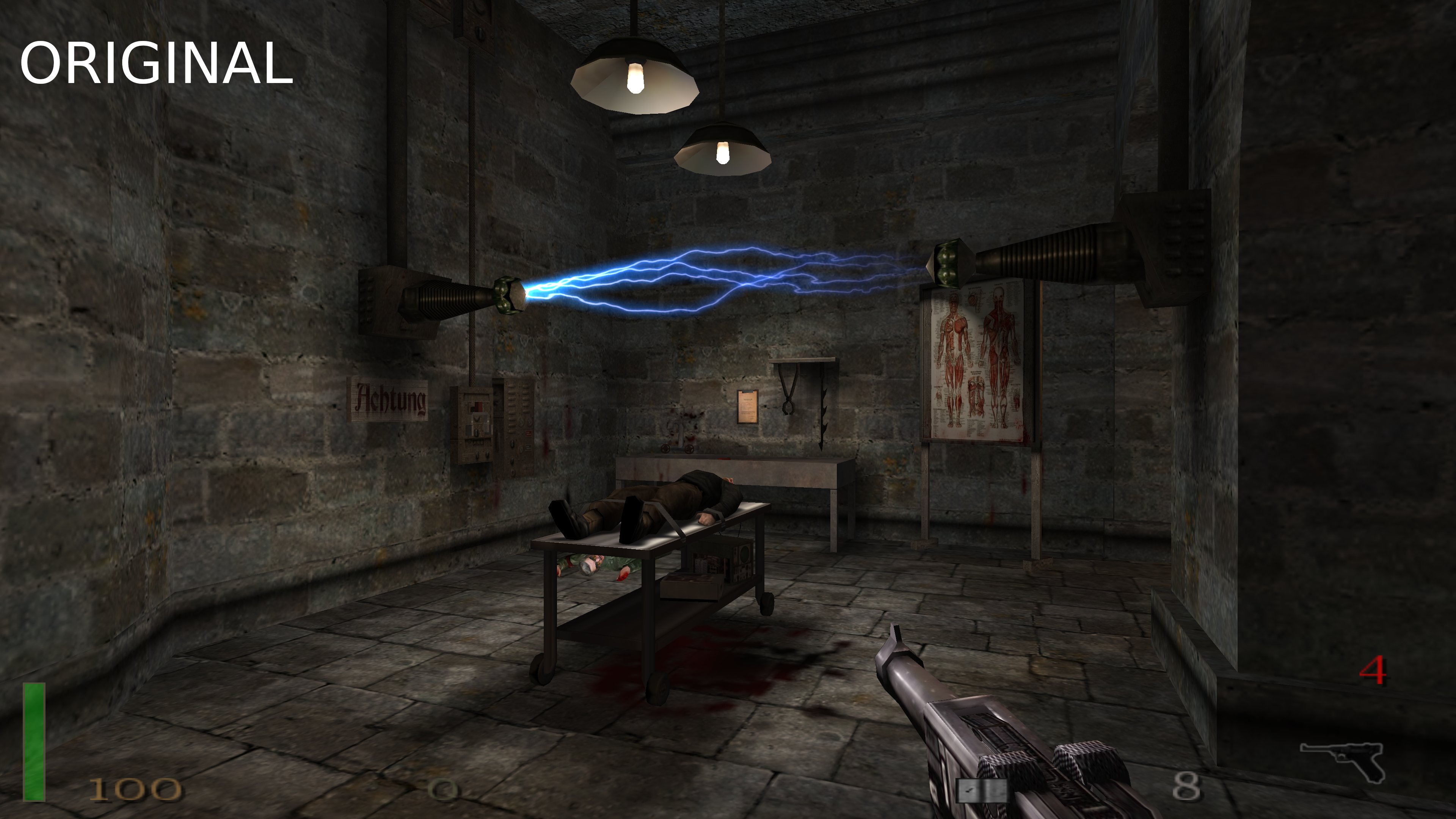
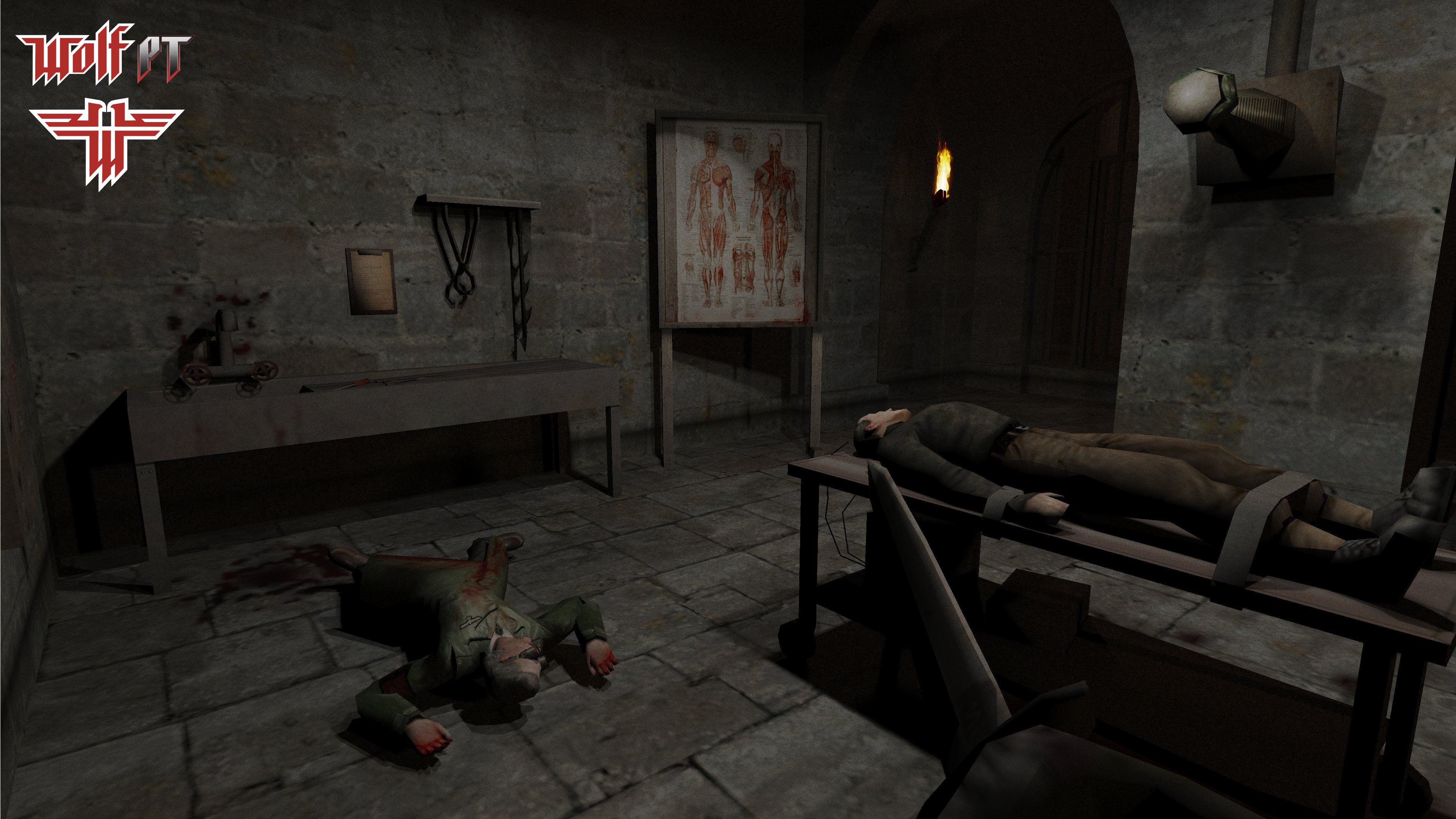
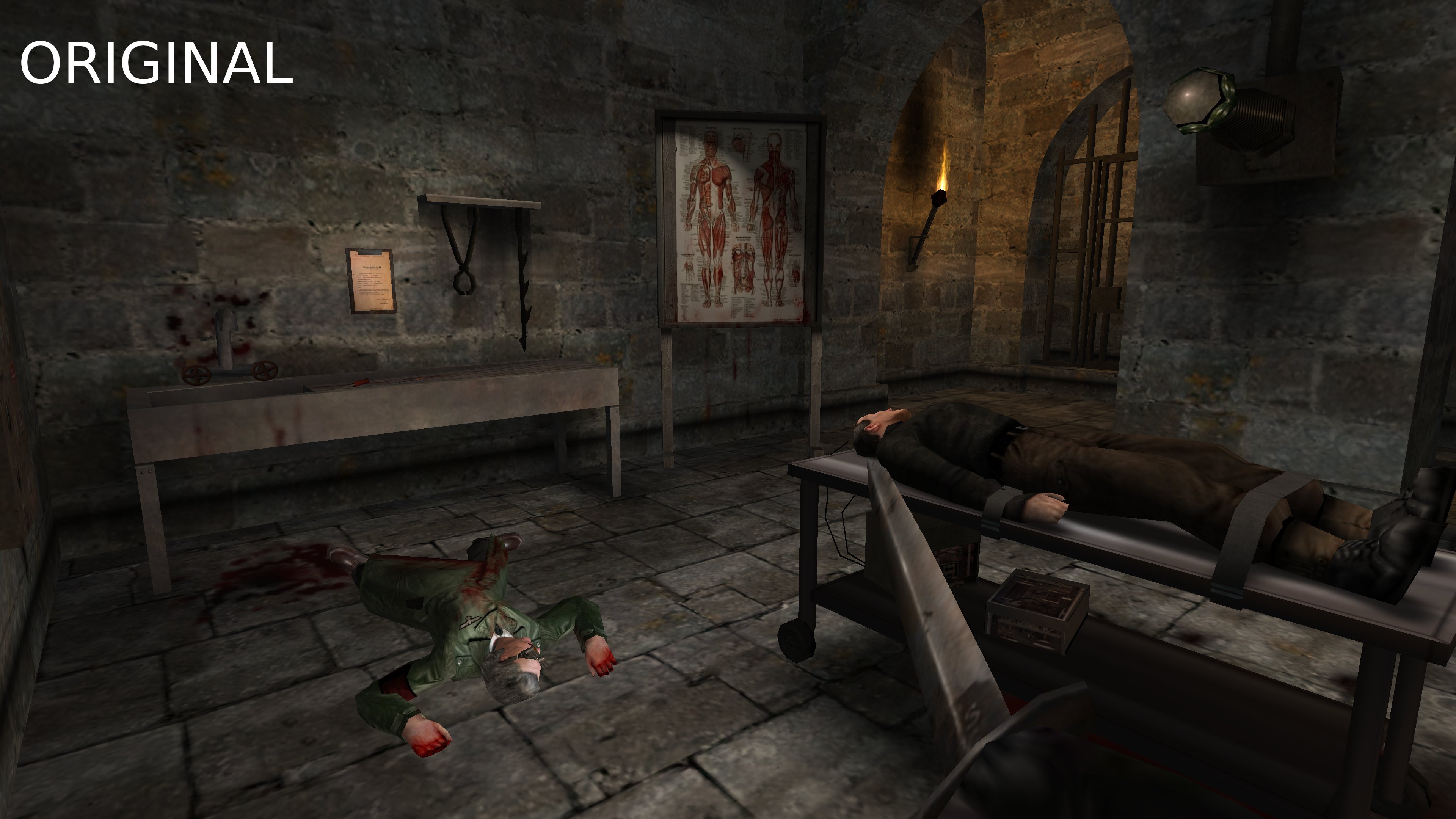
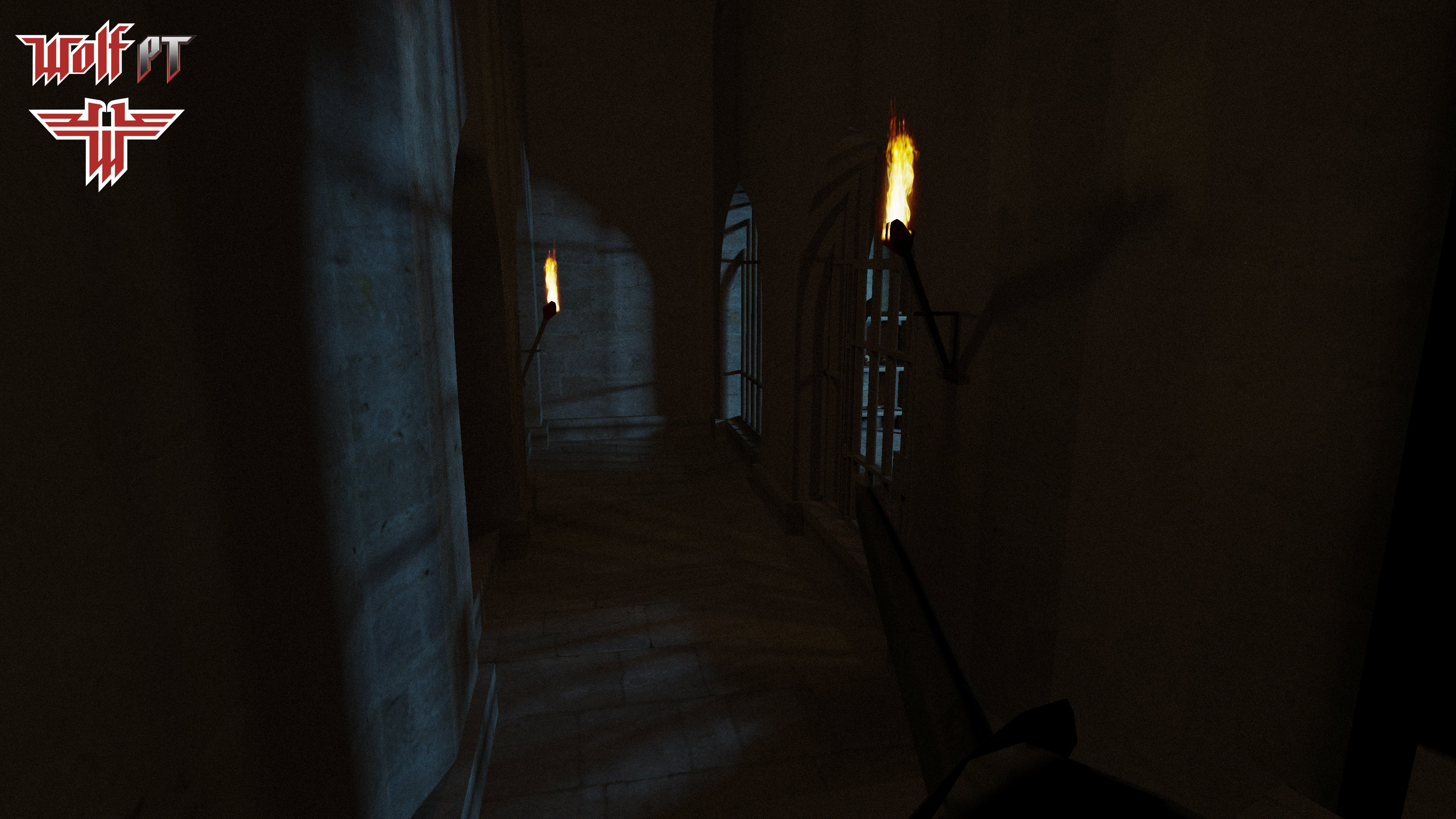
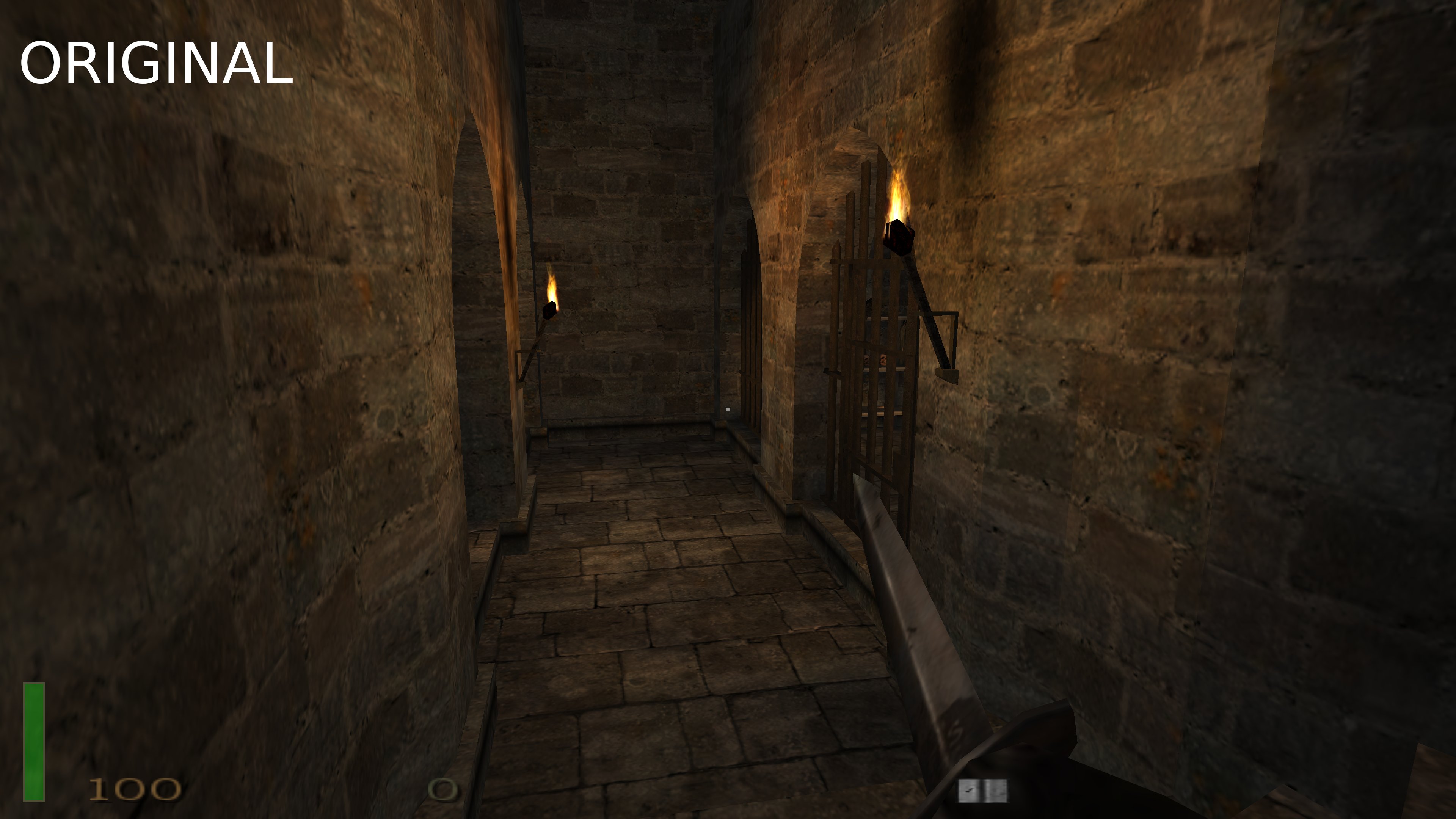
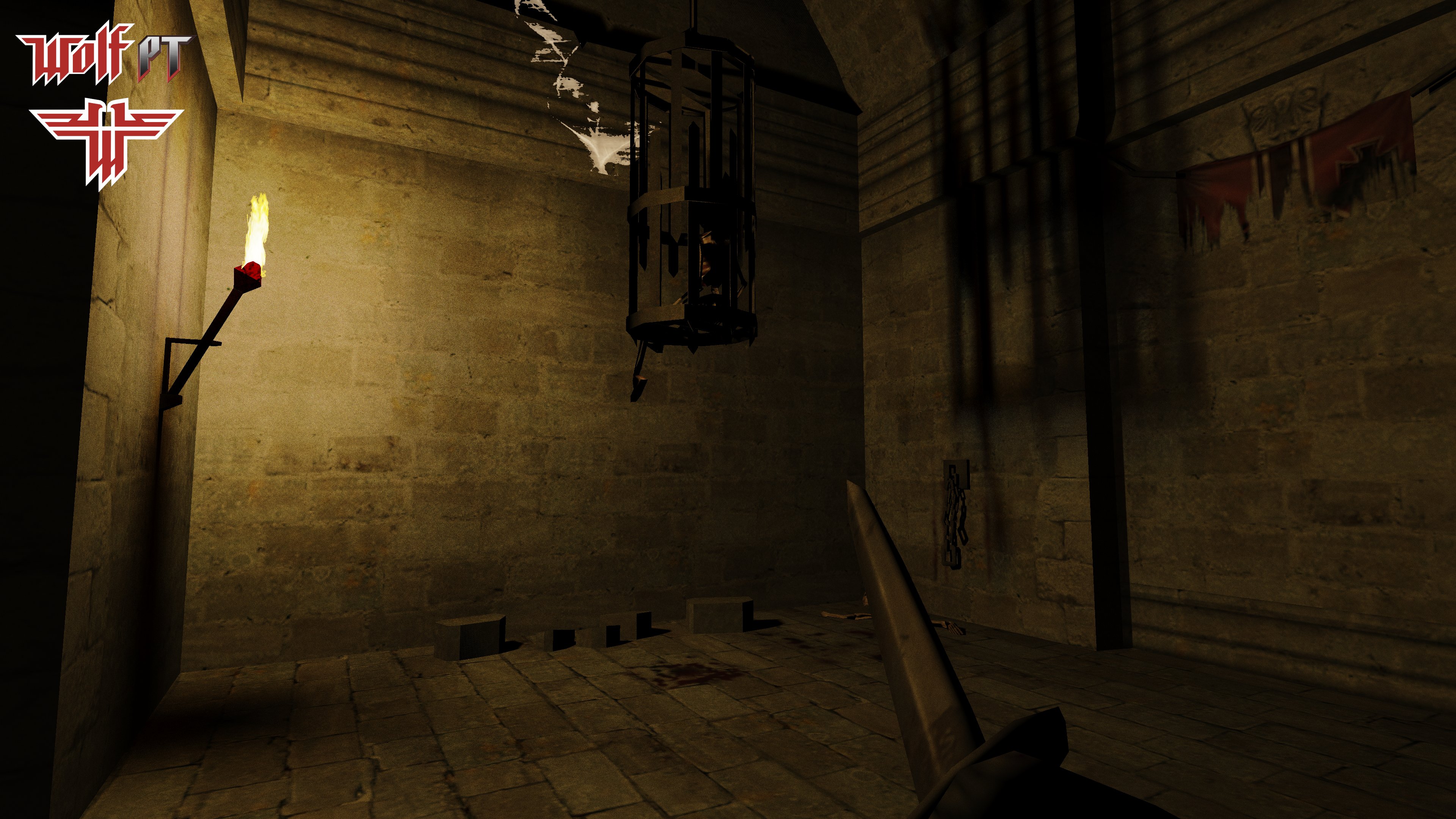

The whole project looks promising from what we can see from the few screenshots on Twitter, yet improvements over the game from 2001 are noticeable. For the original Wolfenstein 3D fans, this is obvious rejoice.
Some readers may ask what path tracing is and how it is different from ray tracing; for this, there are some excellent publications. In short, ray patching is a subset of ray tracing methods, albeit with considerably lower requirements for computing resources. When implemented right, it produces impressive results, but it requires additional work to ensure good quality.
Given that we are talking about a 2001 remake of a legendary title, quality improvement is a good thing for enthusiasts.
Get Tom's Hardware's best news and in-depth reviews, straight to your inbox.

Anton Shilov is a contributing writer at Tom’s Hardware. Over the past couple of decades, he has covered everything from CPUs and GPUs to supercomputers and from modern process technologies and latest fab tools to high-tech industry trends.
-
-Fran- Ah, this game brings good memories of quality FPS experiences. I can't say the images look breath taking as the texture quality hasn't aged well, but the lighting change is good enough. I'm not too savvy on the nitty gritty detail of how it differs to "proper" ray tracing, but it doesn't look bad. Maybe a full fledged demo would work best, alongside a play through?Reply
Regards. -
Co BIY ReplySome readers may ask what path tracing is and how it is different from ray tracing; for this, there are some excellent publications. In short, ray patching is a subset of ray tracing methods, albeit with considerably lower requirements for computing resources.
A link to the excellent publications would be excellent.
"ray patching" = path tracing ? -
jkflipflop98 It should have been "ray pathing".Reply
The oversimplified explanation is that it uses fewer, chonkier rays to do the same job. -
Stefan_53 It is not an oversimplified explanation, it is a flat out wrong explanation.Reply
Ray tracing is a fundamental technique to determine visibility of primitives. By itself, it does not generate images.
One can apply ray tracing techniques to create images or parts of them: for example, rendering reflections with ray tracing is an application of it. So is rendering AO using ray tracing. Or path tracing, it is a method for simulation indirect light using ray tracing. It is neither a sub nor a superset of ray tracing. -
slurmsmckenzie Reply
Apart from the improved lighting I thought the sames997863 said:Am I missing something or do all the new screenshots look way worse? -
hotaru.hino Reply
It's possible they may look off given that artists will have to work around the limitations of the rendering system they're using. Like for instance, Gensis games when going over a digital output look worse in some cases because artists relied on composite artifacting and dithering to produce transparency effects or nice color gradients.s997863 said:Am I missing something or do all the new screenshots look way worse?
Although I will say in this case, whoever chose the coloring for the lights did a pretty bad job of trying to preserve the original look. Especially when some of those torches don't appear to be casting lights at all. -
slurmsmckenzie Reply
Maybe it is just my monitor / settings but when I look at images 3 & 4 it seems that the original has better textures and the new one looks a bit washed out. I haven't played the original so maybe I'm not fit to comment but aside from the nice lighting through the windows in image 5 and overall better shadows (excluding the torch lighting as @hotaru.hino said) I didn't see much improvement in the new shots (in my personal opinion).drivinfast247 said::??: -
digitalgriffin ReplyAdmin said:AMD's senior graphics R&D engineer preps path tracer for Return to Castle Wolfenstein.
AMD Engineer Brings Path Tracing To Return to Castle Wolfenstein : Read more
Torch light maps are obviously broken.